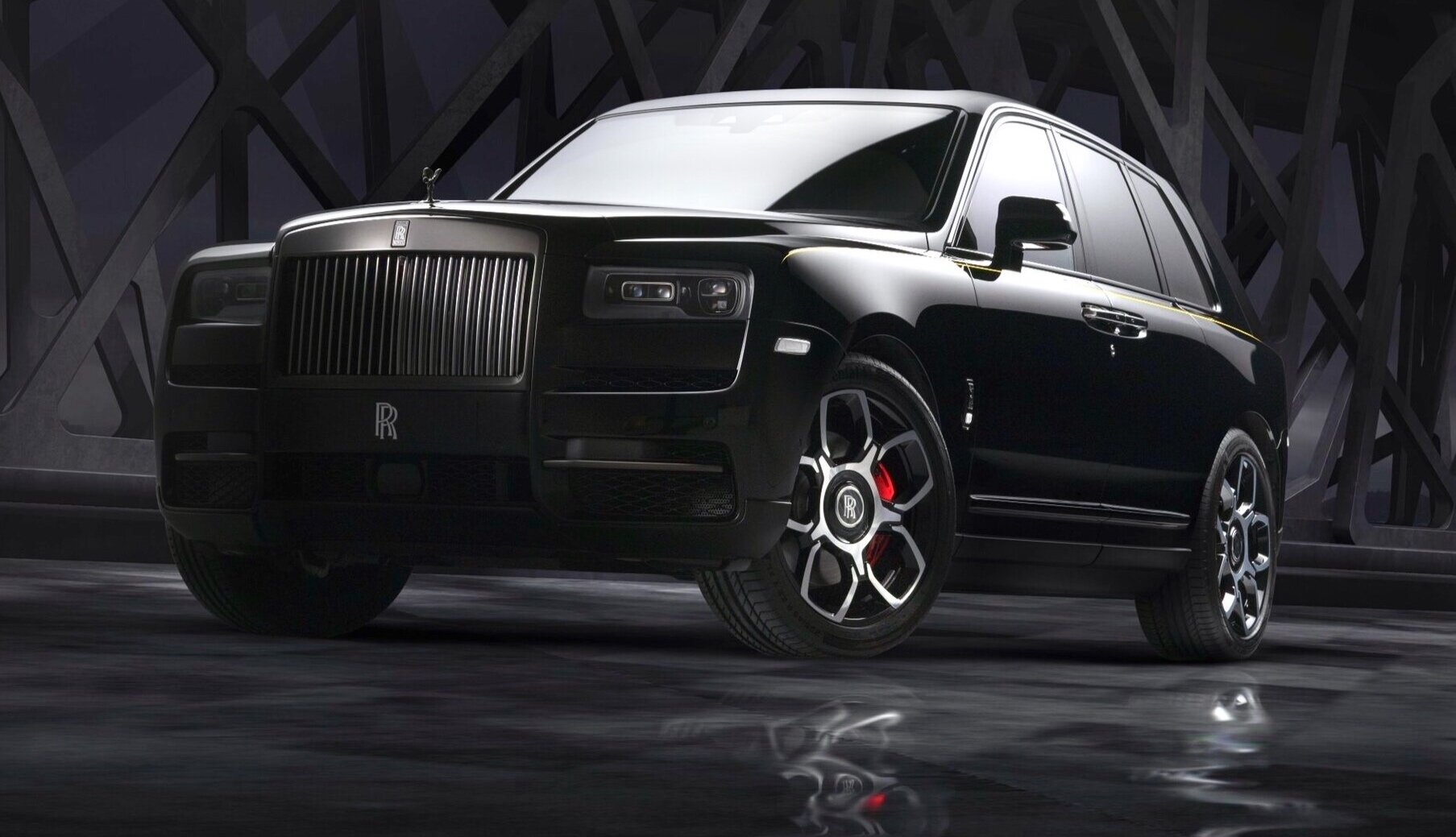All That Glitters
One archaic, old-fashioned styling detail has proven itself to be an awful lot more tenacious than the rest.
How do you like me without make-up? (photo © Porsche AG)
There was a time when chrome had lost its sparkle. This was back in the ‘80s, when an abundance of shiny silver metal was confined to night clubs and discotheques, rather than cars. Chrome belonged, at best, on grilles and old men’s cars’ trim. But most certainly not on any truly advanced automobile. Generally speaking, chrome had become a relic. Chrome was reactionary.
Among the earliest advocators of this change was Porsche, where the abolishment of shiny trim had started a decade earlier. In the case of a maker of sports cars - and with hindsight - this choice may appear hardly groundbreaking, given Porsche’s products were always associated with performance and quality, rather than outright luxury. Yet one shouldn’t forget that just a few years earlier, all sports cars of any breeding featured plenty of reflective brightwork. Porsche’s choice to fully replace silver with black so early on therefore wasn’t a timid acknowledgement of changing tastes, but marked a paradigm shift.
No stopping the glamour (photo © Daimler AG)
Arguably more pertinently still, even Mercedes-Benz started losing interest in chrome eventually, after having lavished indecent amounts of it on its W116 S-class. Rather than emulating Porsche’s (rally) racing-inspired approach - or replacing metal with cheap plastic parts, as many less prestigious brands were doing at the time -, the designers of Sindelfingen settled on anodised aluminium as their trim material of choice. Even the Swabian marque’s S and SL top models of the early ‘90s hence featured just faint slivers of chrome.
Among the few European car makers going against the tide was Jaguar, whose models gained more chrome over the course of the ‘80s. This was far more in keeping with the brand’s flair than the brief foray into black plastic territory toward the end of the previous decade, but also sowed the seeds for Jaguar’s ultimately ill-fated definition as a backward-looking, ultra conservative brand. Yet Browns Lane’s somewhat clumsy performance models, which featured black and body coloured trim pieces instead, vividly illustrated that Jaguar’s tender design principles and butch ‘80s racing cues couldn’t form a harmonious unity.
‘80s track suit (photo © Jaguar Cars Ltd)
Over the course of the ‘90s, the automobile in general traded in much of its recent edgy hi-tech appeal for a far softer appearance and post-modern, romantic subtext. As a consequence of this, chrome staged a comeback that turned into a bonafide renaissance with the advent of retro design. Since then, chrome has been to cars what granite is to an expensive kitchen - an indispensable shorthand for sophistication.
Dark disco (photo © Rolls-Royce Motor Cars)
Despite black and silver grey plastic making some inroads, this state of affairs hasn’t changed since. For every Rolls-Royce Black Badge (which is more of a concession to certain nouveaux riches’ preferences of Gangsta aesthetics than an attempted challenge of the brightwork orthodoxy), there’s a Mercedes-Maybach that appears to have been showered with silver glitter. Even Tesla uses it abundantly. Only Polestar dares going for an undiluted product design appearance by radically rejecting any silver appliqué. It’ll be interesting to see if anybody else decides to follow suit.
In the meantime the shorthand continues to do its magic trick.
The relic is here to stay.






